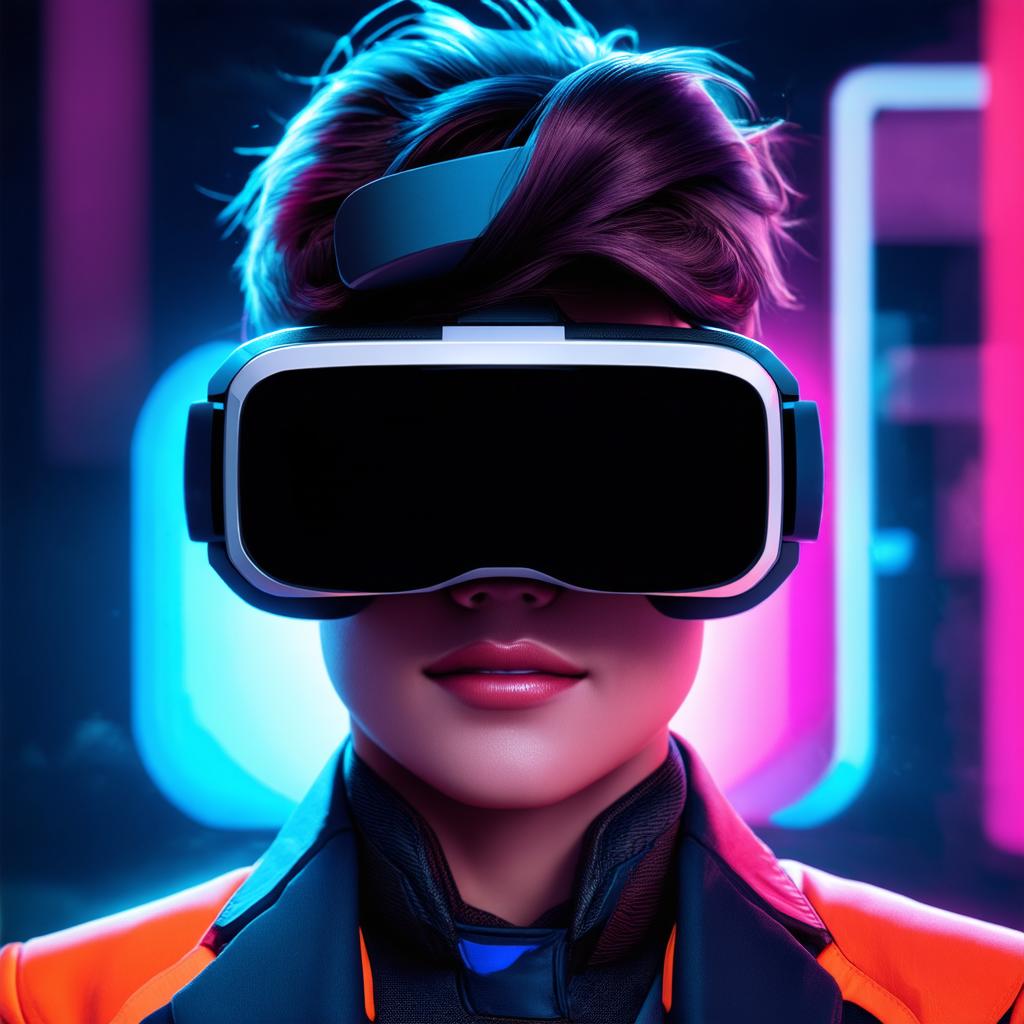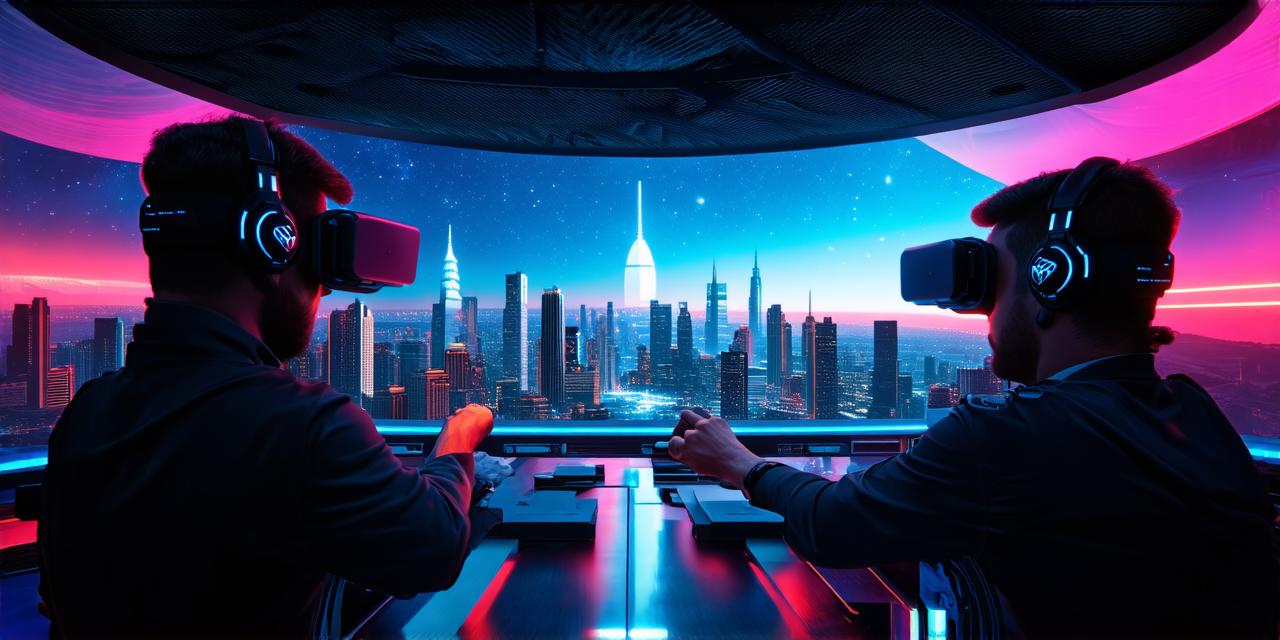Virtual reality technology has been rapidly advancing in recent years, offering users a new way to experience immersive digital environments.
Virtual reality is defined as a computer-generated simulation of a 3D environment that can be interacted with and explored using specialized hardware such as headsets or gloves equipped with sensors.
Head-Mounted Displays (HMDs):
The most common form of virtual reality is head-mounted displays, which consist of a headset worn on the user’s head that displays stereoscopic images to simulate depth perception. This type of virtual reality is immersive and requires no additional hardware, making it accessible to a wide range of users. Examples of HMDs include the Oculus Rift and HTC Vive.

Haptic Feedback:
Another form of virtual reality is haptic feedback, which involves using sensors on the user’s body or hands to track movement and provide tactile feedback in real-time. This type of virtual reality allows users to feel physical sensations in the digital environment, making it particularly useful for training simulations and gaming. Examples of haptic feedback devices include gloves with sensors or vests with built-in motors that simulate the sensation of touch.
360-Degree Videos:
360-degree videos are a form of virtual reality that uses cameras to capture a 360-degree view of a scene and allows users to explore the environment by looking around in any direction. This type of virtual reality is particularly useful for travel, education, and entertainment applications. Examples of 360-degree video platforms include Google Street View and Facebook Horizon.
Augmented Reality:
Augmented Reality (AR) is a form of virtual reality that overlays digital information onto the real world using sensors or cameras. This type of virtual reality allows users to interact with digital objects in their physical environment, making it particularly useful for e-commerce and marketing applications. Examples of AR platforms include Pokemon Go and IKEA Place.
Wireless Virtual Reality:
Wireless virtual reality is a form of virtual reality that eliminates the need for cables or wires to connect the user’s device to the computer or server. This type of virtual reality allows users to move freely around the environment without being constrained by cords, making it particularly useful for fitness and gaming applications. Examples of wireless virtual reality devices include the Oculus Quest and HTC Vive Pro Eye.
Summary:
Virtual reality technology is constantly evolving, offering new ways for users to experience immersive digital environments. Head-mounted displays, haptic feedback, 360-degree videos, augmented reality, and wireless virtual reality are just a few of the different forms of virtual reality available today. Each form has its own unique characteristics, making it suitable for different applications and user preferences. As virtual reality technology continues to advance, we can expect even more innovative and immersive experiences in the future.
